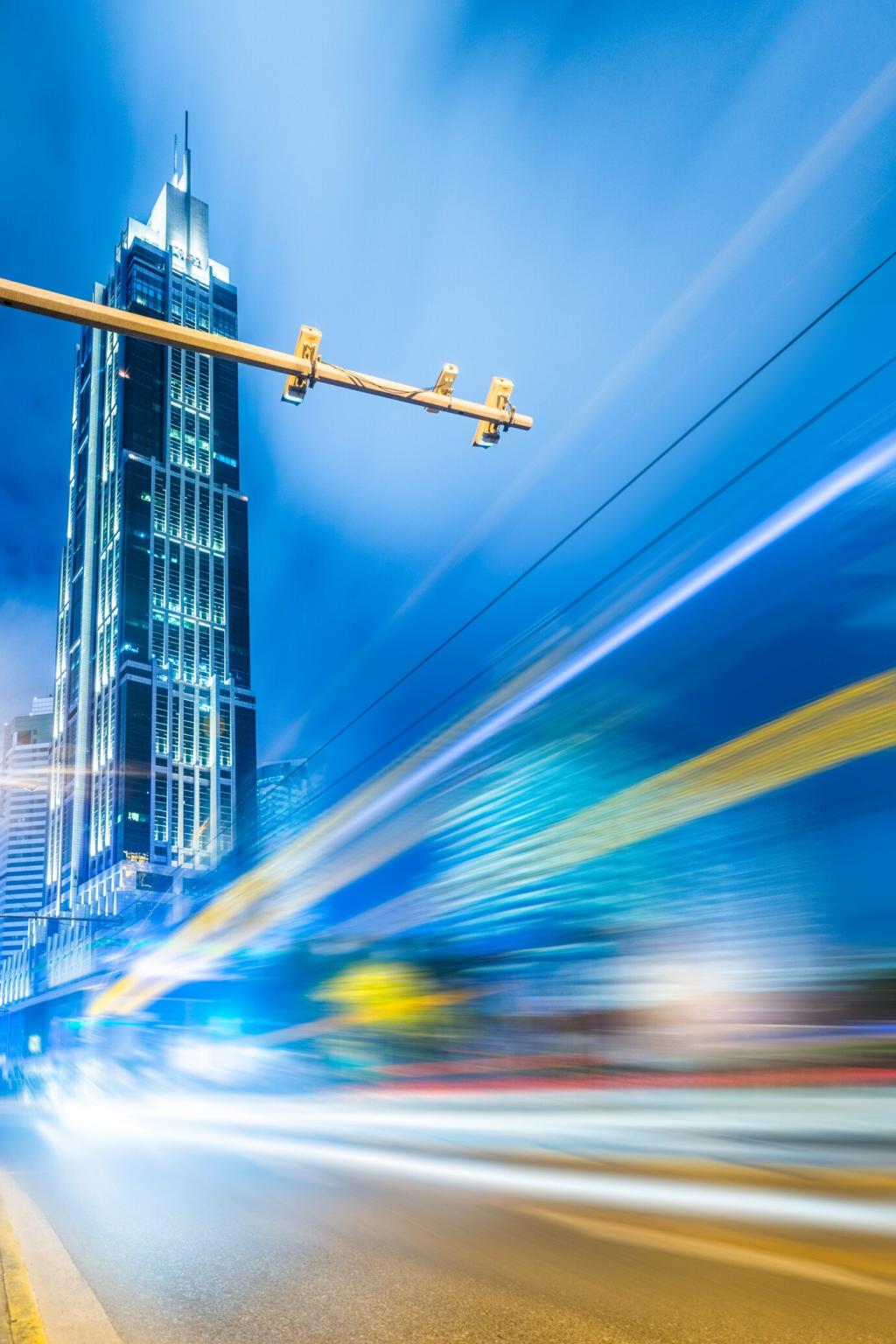People, Safety, and Logistics
Prefabrication concentrates skills in factories, enabling training, specialization, and clearer career paths. Traditional sites cultivate multi-disciplinary problem solvers and on-the-spot ingenuity. Both approaches need respectful teams and intentional mentorship. How is your organization investing in the next generation?
People, Safety, and Logistics
Factory floors reduce fall hazards and weather exposure, improving ergonomics and consistency. Traditional sites can match safety excellence with planning, but conditions fluctuate. Stable environments typically support better outcomes. Share the policies that have meaningfully changed safety on your projects.
People, Safety, and Logistics
Prefab requires cranes, timed deliveries, and clear street management; the upside is fewer total days on-site. Traditional builds spread smaller deliveries across longer timelines. Plan communications to keep communities supportive. Tell us your best neighbor engagement tactic—it deserves to be shared.






